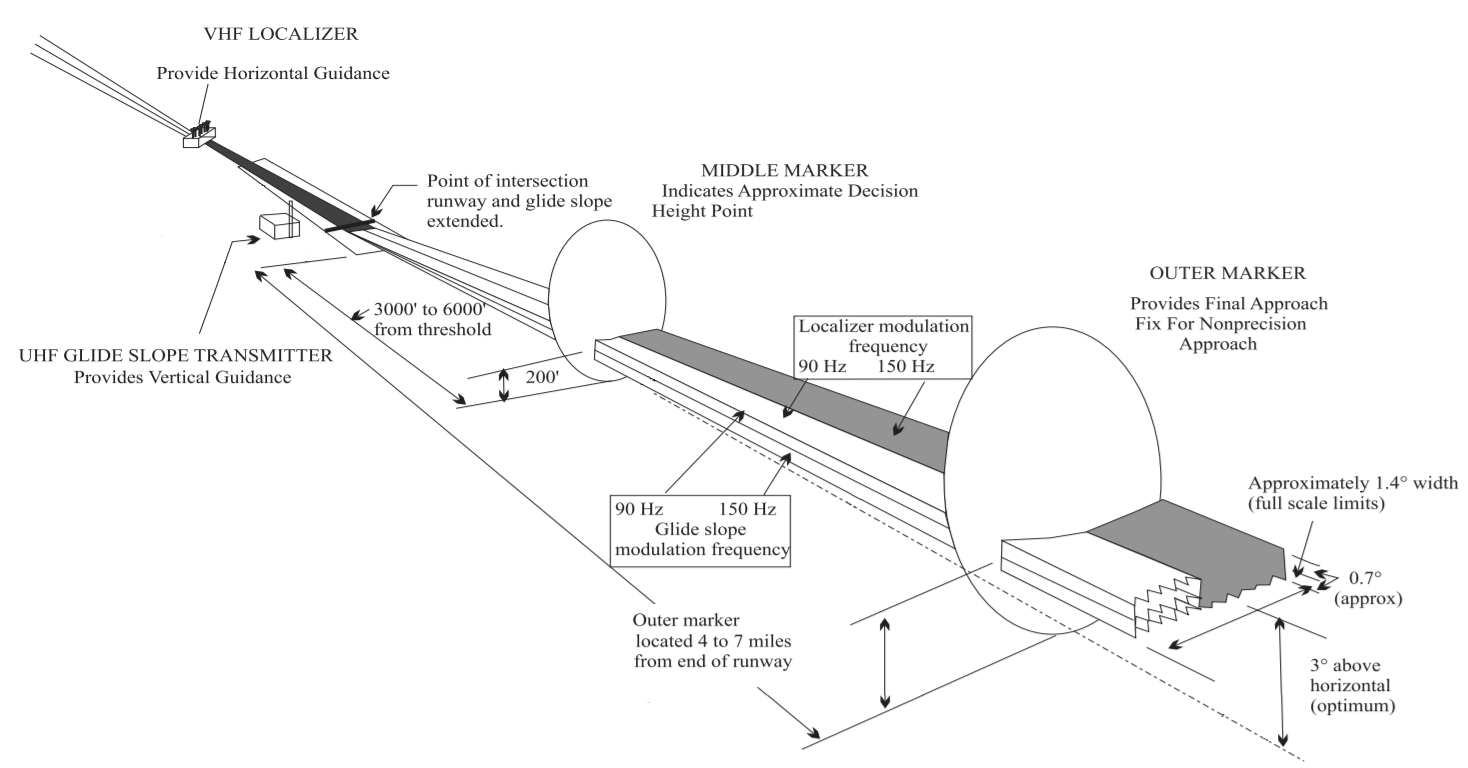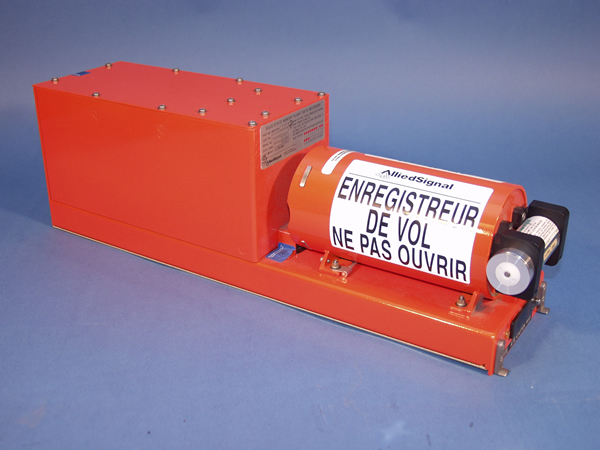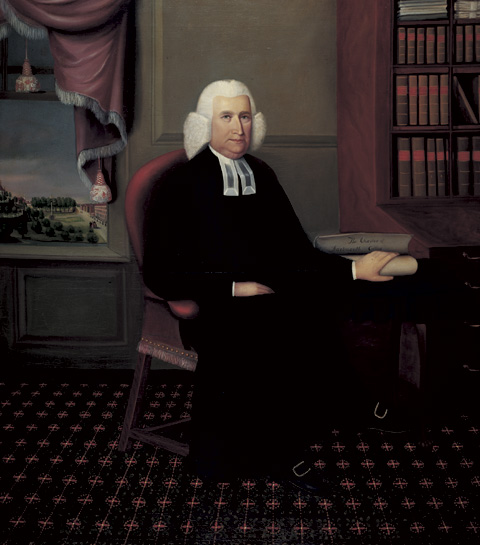|
Northeast Airlines Flight 946
Northeast Airlines Flight 946 was a domestic U.S. flight from Boston, Massachusetts, to Montpelier, Vermont, with a scheduled stop in Lebanon, New Hampshire, operated by Northeast Airlines. On October 25, 1968, some time during the evening, the Fairchild Hiller FH-227 aircraft crashed on Moose Mountain while descending on approach. The crash killed 32 of 42 passengers and crew. Of the fatalities, four were employees from the National Life Insurance Company who were returning from a business trip. The fatalities also included a reporter for the '' Barre Daily Times'' and six social workers of the Vermont Head Start Supplementary Training Program on a conference trip. Ten passengers survived the crash with minor or moderate injuries. After the crash, Northeast Airlines continued flight service until its merger with Delta Air Lines in the early 1970s. Crew The crew of Flight 946 consisted of a crew of three, including a pilot, copilot and flight attendant. Captain John A. Rapsis ... [...More Info...] [...Related Items...] OR: [Wikipedia] [Google] [Baidu] |
CFIT
In aviation, a controlled flight into terrain (CFIT; usually ) is an accident in which an airworthy aircraft, under pilot control, is unintentionally flown into the ground, a mountain, a body of water or an obstacle. In a typical CFIT scenario, the crew is unaware of the impending disaster until it is too late. The term was coined by engineers at Boeing in the late 1970s. Accidents where the aircraft is out of control at the time of impact, because of mechanical failure or pilot error, are not considered CFIT (they are known as ''uncontrolled flight into terrain'' or ''UFIT''), nor are incidents resulting from the deliberate action of the person at the controls, such as acts of terrorism or suicide by pilot. According to Boeing in 1997, CFIT was a leading cause of airplane accidents involving the loss of life, causing over 9,000 deaths since the beginning of the commercial jet aircraft. CFIT was identified as a cause of 25% of USAF Class A mishaps between 1993 and 2002. Accordi ... [...More Info...] [...Related Items...] OR: [Wikipedia] [Google] [Baidu] |
National Transportation Safety Board
The National Transportation Safety Board (NTSB) is an independent U.S. government investigative agency responsible for civil transportation accident investigation. In this role, the NTSB investigates and reports on aviation accidents and incidents, certain types of highway crashes, ship and marine accidents, pipeline incidents, bridge failures, and railroad accidents. The NTSB is also in charge of investigating cases of hazardous materials releases that occur during transportation. The agency is based in Washington, D.C. It has four regional offices, located in Anchorage, Alaska; Denver, Colorado; Ashburn, Virginia; and Seattle, Washington. The agency also operates a national training center at its Ashburn facility. History The origin of the NTSB was in the Air Commerce Act of 1926, which assigned the United States Department of Commerce responsibility for investigating domestic aviation accidents. Before the NTSB, the Federal Aviation Administration's (FAA; at the t ... [...More Info...] [...Related Items...] OR: [Wikipedia] [Google] [Baidu] |
Airliner Accidents And Incidents In New Hampshire
An airliner is a type of aircraft for transporting passengers and air cargo. Such aircraft are most often operated by airlines. Although the definition of an airliner can vary from country to country, an airliner is typically defined as an airplane intended for carrying multiple passengers or cargo in commercial service. The largest of them are wide-body jets which are also called twin-aisle because they generally have two separate aisles running from the front to the back of the passenger cabin. These are usually used for long-haul flights between airline hubs and major cities. A smaller, more common class of airliners is the narrow-body or single-aisle. These are generally used for short to medium-distance flights with fewer passengers than their wide-body counterparts. Regional airliners typically seat fewer than 100 passengers and may be powered by turbofans or turboprops. These airliners are the non- mainline counterparts to the larger aircraft operated by the major carri ... [...More Info...] [...Related Items...] OR: [Wikipedia] [Google] [Baidu] |
Aviation Accidents And Incidents In The United States In 1968
Aviation includes the activities surrounding mechanical flight and the aircraft industry. ''Aircraft'' includes fixed-wing and rotary-wing types, morphable wings, wing-less lifting bodies, as well as lighter-than-air craft such as hot air balloons and airships. Aviation began in the 18th century with the development of the hot air balloon, an apparatus capable of atmospheric displacement through buoyancy. Some of the most significant advancements in aviation technology came with the controlled gliding flying of Otto Lilienthal in 1896; then a large step in significance came with the construction of the first powered airplane by the Wright brothers in the early 1900s. Since that time, aviation has been technologically revolutionized by the introduction of the jet which permitted a major form of transport throughout the world. Etymology The word ''aviation'' was coined by the French writer and former naval officer Gabriel La Landelle in 1863. He derived the term from the ... [...More Info...] [...Related Items...] OR: [Wikipedia] [Google] [Baidu] |
List Of Accidents And Incidents Involving Commercial Aircraft
This list of accidents and incidents involving commercial aircraft includes notable events that have a corresponding Wikipedia article. Entries in this list involve passenger or cargo aircraft that are operating commercially and meet this list's size criteriapassenger aircraft with a seating capacity of at least 10 passengers, or commercial cargo aircraft of at least . The list is grouped by the year in which the accident or incident occurred. __NOTOC__ 1910s and 1920s 1919 * July 21 – The Goodyear dirigible ''Wingfoot Air Express'' catches fire and crashes into the Illinois Trust and Savings Building in Chicago, Illinois, while carrying passengers to a local amusement park, killing thirteen people: three out of the five on board and ten others on the ground, with 27 others on the ground being injured. * August 2 – A Caproni Ca.48 crashes at Verona, Italy, during a flight from Venice to Taliedo, Milan, killing all on board (14, 15, or 17 people, according to different ... [...More Info...] [...Related Items...] OR: [Wikipedia] [Google] [Baidu] |
National Life Group
National Life Group is the trade name of National Life Insurance Company and its affiliates that offers life insurance and annuity products for individuals, families, and businesses. National Life Insurance Company was chartered in 1848 by the Vermont General Assembly. History National Life Insurance Company was chartered by the Vermont Legislature on November 13, 1848. It has been insuring people for 175 years and was one of the first mutual life insurance companies in the U.S. The company wrote its first policy on the life of Daniel Baldwin, a resident of Montpelier, on January 17, 1850. It also paid its first death claim only a few months after its founding at the death of Rowland Allen, who had bought two policies for face amounts of $500 each. Rowland died while traveling to California in 1850. Other past insurance customers have included passengers on the Titanic, as well as victims of the 1918 influenza epidemic. The company became a member of the Vermont Chamber of Commer ... [...More Info...] [...Related Items...] OR: [Wikipedia] [Google] [Baidu] |
Instrument Landing System
In aviation, the instrument landing system (ILS) is a precision radio navigation system that provides short-range guidance to aircraft to allow them to approach a runway at night or in bad weather. In its original form, it allows an aircraft to approach until it is over the ground, within a of the runway. At that point the runway should be visible to the pilot; if it is not, they perform a missed approach. Bringing the aircraft this close to the runway dramatically increases the range of weather conditions in which a safe landing can be made. Other versions of the system, or "categories", have further reduced the minimum altitudes, runway visual ranges (RVRs), and transmitter and monitoring configurations designed depending on the normal expected weather patterns and airport safety requirements. ILS uses two directional radio signals, the ''localizer'' (108 to 112 MHz frequency), which provides horizontal guidance, and the ''glideslope'' (329.15 to 335 MHz frequency ... [...More Info...] [...Related Items...] OR: [Wikipedia] [Google] [Baidu] |
NTSB
The National Transportation Safety Board (NTSB) is an independent U.S. government investigative agency responsible for civil transportation accident investigation. In this role, the NTSB investigates and reports on aviation accidents and incidents, certain types of highway crashes, ship and marine accidents, pipeline incidents, bridge failures, and railroad accidents. The NTSB is also in charge of investigating cases of hazardous materials releases that occur during transportation. The agency is based in Washington, D.C. It has four regional offices, located in Anchorage, Alaska; Denver, Colorado; Ashburn, Virginia; and Seattle, Washington. The agency also operates a national training center at its Ashburn facility. History The origin of the NTSB was in the Air Commerce Act of 1926, which assigned the United States Department of Commerce responsibility for investigating domestic aviation accidents. Before the NTSB, the Federal Aviation Administration's (FAA; at the t ... [...More Info...] [...Related Items...] OR: [Wikipedia] [Google] [Baidu] |
Flight Data Recorder
A flight recorder is an electronic recording device placed in an aircraft for the purpose of facilitating the investigation of aviation accidents and incidents. The device may often be referred to as a "black box", an outdated name which has become a misnomer—they are now required to be painted bright orange, to aid in their recovery after accidents. There are two types of flight recording devices: the flight data recorder (FDR) preserves the recent history of the flight through the recording of dozens of parameters collected several times per second; the cockpit voice recorder (CVR) preserves the recent history of the sounds in the cockpit, including the conversation of the pilots. The two devices may be combined into a single unit. Together, the FDR and CVR objectively document the aircraft's flight history, which may assist in any later investigation. The two flight recorders are required by international regulation, overseen by the International Civil Aviation Organizat ... [...More Info...] [...Related Items...] OR: [Wikipedia] [Google] [Baidu] |
Fuselage
The fuselage (; from the French ''fuselé'' "spindle-shaped") is an aircraft's main body section. It holds crew, passengers, or cargo. In single-engine aircraft, it will usually contain an engine as well, although in some amphibious aircraft the single engine is mounted on a pylon attached to the fuselage, which in turn is used as a floating hull. The fuselage also serves to position the control and stabilization surfaces in specific relationships to lifting surfaces, which is required for aircraft stability and maneuverability. Types of structures Truss structure This type of structure is still in use in many lightweight aircraft using welded steel tube trusses. A box truss fuselage structure can also be built out of wood—often covered with plywood. Simple box structures may be rounded by the addition of supported lightweight stringers, allowing the fabric covering to form a more aerodynamic shape, or one more pleasing to the eye. Geodesic construction Geo ... [...More Info...] [...Related Items...] OR: [Wikipedia] [Google] [Baidu] |
Dartmouth College
Dartmouth College (; ) is a private research university in Hanover, New Hampshire. Established in 1769 by Eleazar Wheelock, it is one of the nine colonial colleges chartered before the American Revolution. Although founded to educate Native Americans in Christian theology and the English way of life, the university primarily trained Congregationalist ministers during its early history before it gradually secularized, emerging at the turn of the 20th century from relative obscurity into national prominence. It is a member of the Ivy League. Following a liberal arts curriculum, Dartmouth provides undergraduate instruction in 40 academic departments and interdisciplinary programs, including 60 majors in the humanities, social sciences, natural sciences, and engineering, and enables students to design specialized concentrations or engage in dual degree programs. In addition to the undergraduate faculty of arts and sciences, Dartmouth has four professional and graduate schools: ... [...More Info...] [...Related Items...] OR: [Wikipedia] [Google] [Baidu] |
The Green (Dartmouth College)
The Green (formally the College Green) is a grass-covered field and common space at the center of Dartmouth College, an Ivy League university located in Hanover, New Hampshire, United States. It was among the first parcels of land obtained by the College upon its founding in 1769, and is the only creation of the 18th century remaining at the center of the campus. After being cleared of pine trees, it initially served as a pasture and later as an athletic field for College sporting events. Today, it is a central location for rallies, celebrations, and demonstrations, and serves as a general, all-purpose recreation area. The College describes the Green as "historic" and as the "emotional center" of the institution. Geography The Green is a five-acre (two-hectare) plot located in the center of downtown Hanover, New Hampshire. It is crossed by seven gravel walking paths, the locations of which varied until about 1931, when the configuration was last altered. Three of them bisect t ... [...More Info...] [...Related Items...] OR: [Wikipedia] [Google] [Baidu] |

.jpg)







